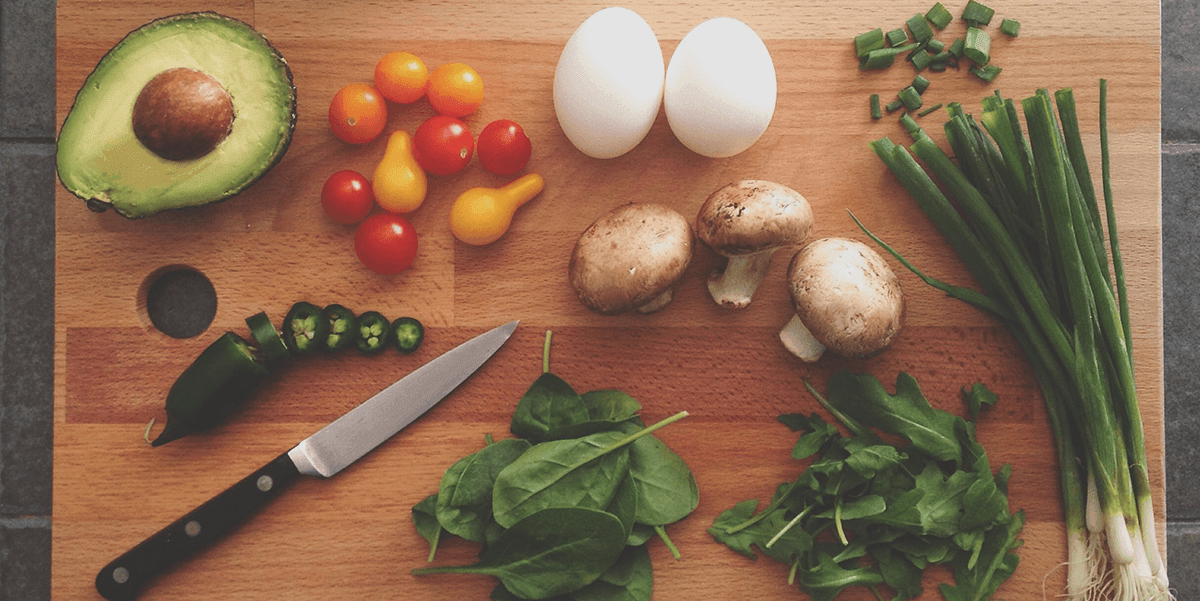When most people think about creating a positive mood, jumping into an ice bath isn’t the first thing that comes to mind. Hopefully, after reading this article, some of you might be willing to change your tune.
Contrast Therapy - What is it?
Contrast therapy sounds more complex than it is. All that contrast bath therapy entails is going from a hot bath (or sauna) to an extremely cold one. It’s all about alternating hot and cold water treatment to benefit both your physical body and your mental health.
The Benefits
Believe it or not, the list of contrast therapy benefits is pretty long. When you’re submerged in warm water, your capillaries open up and your heartbeat slows. When you’re submerged in cold water, the opposite happens - your capillaries shrink and your heartbeat speeds up. With this circulatory difference, your blood vessels pump open and shut and can help rapidly heal injuries.
Cofounder of Protekt, Nick Norris, is a huge proponent of this therapy.
“It’s a phenomenal tool to promote a positive mood, and stave off any negative thoughts, cycles, depression, anxiety, all that stuff. I have found great benefits in it, and there's a lot of science behind the chemical effects on the body. With exposure to cold, your body's going to produce a whole bunch of endorphins in the first 30 seconds of exposure. Three to five minutes of cold exposure is optimal.”

How to create a fitness plan is based around what works best for you and your body. If you find that your mind is constantly buzzing and it’s unable to quiet down, contrast hydrotherapy might be a good option for you.
“It’s about creating a simple routine to promote mental health, the full gamut of meditation and breathwork, sharing gratitude and positive thoughts. When you're in the cold water, it's easy to forget about everything else. If you're thinking along the lines of meditation and trying to eliminate chatter and noise, it's really easy to do that when you're putting your body into a cold stress environment. You get a chance to focus. And it really is a good practical application for breathwork, doing box breathing, really focusing on your breath, and counting your inhales and exhales to calm your mind.”
Physically, it reduces fatigue (soaking in just a cold bath or just a warm one doesn’t do the trick), decreases muscle soreness, removes excess lactic acid, and decreases swelling. It also burns calories and helps prepare you for the day (or workout) ahead.
“You’re burning calories as you're rewarming naturally. It’s basically kickstarting your metabolism. You're priming yourself to reap the benefits of any type of exercise that you're going to execute later on in the day.”
Getting Started with Contrast Therapy
If you don’t have access to a sauna or two bath tubs to fill with hot and cold water, the shower will work just as well. It’s easy to switch between hot and cold, you just need a way to keep track of the time so that you can switch over at regular intervals. Set a timer on your phone, wear a waterproof watch, or figure out some other way to track the time. That first burst of cold water will be a shock, but once you get past it, you just might find yourself doing it all the time!















Leave a comment
All comments are moderated before being published.
This site is protected by hCaptcha and the hCaptcha Privacy Policy and Terms of Service apply.